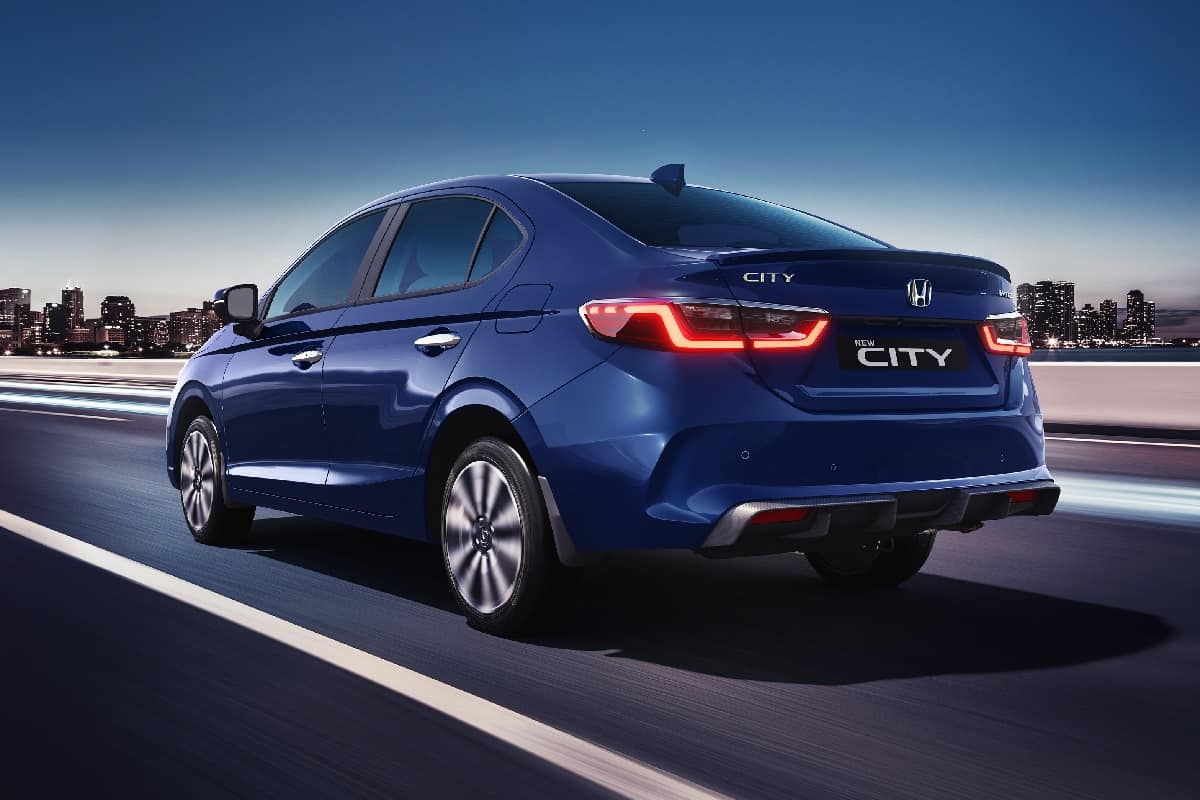
The efficacy of Kavach through trial runs for automatic signalling, made it contender for important routes like Kolkata-Delhi-Mumbai-Chennai and upcoming Dedicated Freight Corridor routes; (right) senior railway officials during Kavach trials.
Indian Railways that has recently tendered for providing Kavach – the indigenously designed Automatic Train Protection System — for 10,000 locomotives across the country will be undertaking the implementation of the system without waiting for its ground equipment, but utilizing the direct loco-to-loco communication feature of its Radio Communication Backbone ‘MComm’.
“Although the full-fledged benefit of Kavach can be achieved only by providing both Locomotive Kavach equipment and Ground Station Kavach equipment, fairly good protection can still be achieved even without waiting for the ground Kavach equipment, the commissioning of which normally takes longer time,” disclosed top railway officials, wishing to remain anonymous.
‘MComm’ itself is a test case of ingenuity of the railway engineers. It was designed by a railway engineer Lalit Mansukhani when he was working a decade ago at the Lucknow-based Research Design & Standards Organisation (RDSO). With the help of his then superiors V. Ramachandran and Mahesh Mangal, Mr Mansukhani developed this simple yet robust radio communication technology as a customized solution which “obviates the need of mobile technologies of 2G or 4G LTE” for Kavach.
Mr. Mansukhani, who is currently Principal Executive Director of Centre of Excellence for Kavach‘ here, declined to talk for this story as he was not authorised to do so.
Railway officials, tracing the evolution of Kavach had pointed out that a high-level safety review committee headed by eminent atomic scientist Anil Kakodkar and equally famous railway engineer E. Sreedharan had recommended way back in 2012 to go for radio-based Train Control System like ETCS Level-2 (European Train Control System) or its equivalent for the Indian Railways. This is to enable running more trains with the same infrastructure, apart from enhancing safety through train protection.
What has led to the gamechanger innovative customized solution ‘MComm’, which triggered the development of Kavach was that the European and Chinese systems were using 2G radio communication backbones, which was getting obsolete in 2012. Moreover, the next generation LTE was not on the horizon then.
MComm which is a vital part of Kavach software needs minimal hardware. It is scalable to take higher traffic load without any design change and does not depend on the fast-changing technologies at all, besides being secure, said the railway officials.
Prior to that, the proof-of-concept trials of Kavach was demonstrated in October 2012 in the Vikarabad-Wadi section of South Central Railway (SCR) itself to the then Railway Board Chairman Vinay Mittal. Soon, the feat of multi-vendor interoperability with 160-kmph fit design, in line with stringent requirements of Safety Integrity Level-4 (SILL-4) during core R&D period of 2013 in Gulbarga and Rangareddy districts was also achieved.
During that time, Kavach had “stopped” a giant 4,000 tonne 650m long freight train from jumping a red signal at Kurgunta (Karnataka). The efficacy of Kavach through trial runs for automatic signalling, made it contender for important routes like Kolkata-Delhi-Mumbai-Chennai and upcoming Dedicated Freight Corridor (DFC) routes. Yet, despite steady improvement throughout 2016 with activation of Kavach brakes on the passenger carrying trains, the system rollout was stalled for a couple of years for various reasons, the officials recalled.
It was also because of “apparent ignorance of mismatch among antenna bandwidth and radio frequency”, that was later sorted out, claimed railway officials. Now, the railways, apart from tendering for provision of Kavach on 10,000 locomotives, the roll out of Ground Kavach equipment on 15,000 route-kilometres has also taken off on a mission mode without waiting for LTE and by continuing MComm, they said.
“These fresh works covering Chennai-Mumbai, Chennai-Delhi and other routes are in addition to 1,300 km of commissioned Kavach on SCR and 3,000 km of Kavach works at advanced stages in Kolkata-Delhi-Mumbai Section,” added railway officials. It is also learnt that two more firms — GG Tronics and QFTL — have also been shortlisted for installing Kavach on the 10,000 locomotives apart from existing firms like Medha, Kernex and HBL.
Published – January 04, 2025 08:06 am IST







